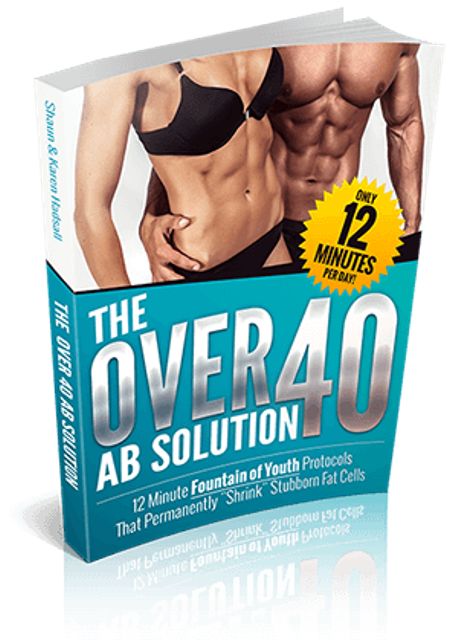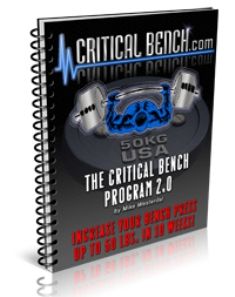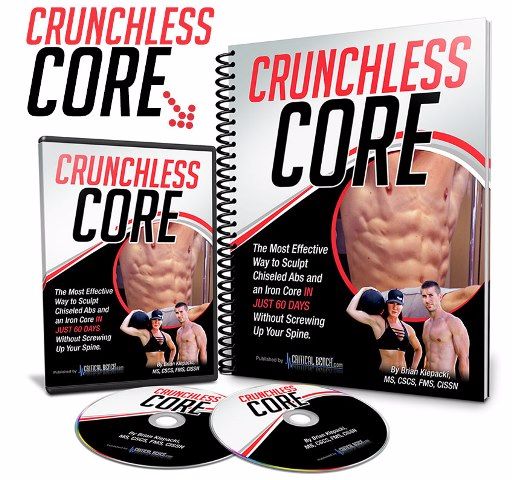At the age of forty years old the processes that reduce the efficiency of various internal systems begin to happen in our body. However, at this age, many decide to take care of their health and keep a sporty lifestyle. But due to lack of knowledge and proper expert advice, the majority of people do not use resources of their bodies properly, and the effectiveness of training is reduced.
How should we train, what should we pay more attention to and what should not we waste time for? In recent years, the number of people over forty who start to keep a sporty lifestyle is increasing. But, unfortunately, most of these people are not getting enough qualified help in this question, and their training loses effectiveness. So how do you have to train at 40 years old, to look and feel the most optimal at 60?
Age-related changes
Changes occur in our bodies with age. Peak work of all body systems happens at 30, and then the slow decline comes. The most notable changes are:
- A decrease in muscle mass (25-30%) and a decrease in nerve conduction speed (10-15%). This decrease is primarily expressed in the loss of muscle fibers that affect the speed of execution of everyday movements – walking, walking down the stairs, etc. With age, we perform all movements slower and slower.
- Reduction in the flexibility of about 20%.
- A decrease in bone mass in the range of 15-20% in men and 25-30% in women.
- Increase in fat mass.
- Lack of balance between the muscles (one muscle is stronger than the other), which leads to lower accuracy in performing daily movements.
- The decline of the kidneys by about 20-30%.
- Reduced vision after 40.
- Slow loss of hearing starts after 30 years old.
These changes lead to a decrease in the overall metabolism, risk of cardiovascular system diseases increases, risk of diabetes mellitus and osteoporosis increases. Difficulties with joint mobility and balance appear. There is a feeling of lethargy and weakness. The risk of personal injury due to the weakness of the bone-muscular system increases with age.
Steps to achieve the results
It is possible to build muscle mass, increase strength and make the body beautiful after 40 and even after 60. Naturally, you have to be more careful and patient, but beauty does not come to people just like that even when they are young.
By the way, “the Over 40 Ab-Solution” training program that is created specifically for those over 40 was published recently. After three weeks of classes under Shaun Hadsall’s system, my friend began to look 15 years younger. That’s what it means to remove the surplus fat on your belly. In order to achieve maximum results from the sport at the age of 40+, you need to take the following steps.
To draw up a training program in accordance with the age, state of health and level of fitness. Start modestly, gradually increasing the load, duration, and frequency of training. It is important to identify the purpose of your workout. For example training of the cardiovascular and respiratory systems, strengthening of muscles, increase of joint mobility and muscle flexibility range, reducing the percentage of body fat, etc.
It is recommended to perform aerobic exercise for 30 minutes (time duration can be increased, depending on the state of health and level of fitness) 3-5 times a week. Exercise should be moderate intensity, and there is no need to train at the limit of breathing capacity. You can combine several aerobic exercises: swimming, biking, hiking, aerobics or dancing classes in a group.
Even a short workout is welcome. You can count the steps while walking and try to gradually reach 10,000 steps. It is important to conduct training on flexibility and the ability to keep the balance at least 4 times a week (preferably every day).
Anaerobic training is recommended. That is training where the load is applied to the muscles with medium and strong intensity. This workout can be performed in the gym or at home with the proper equipment. You can also use the exercises that are performed with the weight of your own body (pull-ups, push-ups, exercises for the abdominal muscles, etc.)





